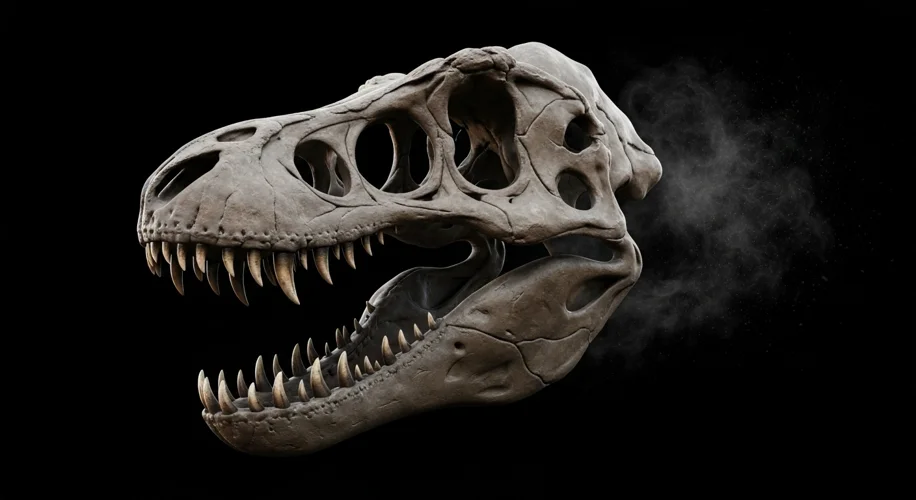Did you know that we can literally breathe in the past? It sounds like science fiction, but thanks to incredible scientific work, we can now get a glimpse into the air our dinosaurs breathed. And it all comes down to their teeth!
Unlocking Ancient Air
Researchers recently made an amazing discovery: they’ve managed to reconstruct the atmosphere from millions of years ago, using fossilized dinosaur teeth. This is a huge step in understanding Earth’s climate history. It’s like finding a time capsule, but instead of a jar, it’s inside a fossil.
How Does it Work?
So, how can teeth tell us about the air? It all comes down to something called isotopes. When dinosaurs lived, they breathed in air that contained different forms of elements, called isotopes. These isotopes get incorporated into the enamel of their teeth as they grow. Specifically, scientists looked at isotopes of carbon and oxygen.
Certain ratios of these isotopes can tell us about the concentration of gases in the atmosphere at that time, like carbon dioxide (CO2). Higher CO2 levels, for example, can affect how plants grow, and that, in turn, influences the isotopes that end up in an animal’s teeth. It’s a fascinating chain reaction from the atmosphere to the animal and then preserved in its teeth for us to study today.
What Did They Find?
While the full details are still being explored, this method offers a direct way to measure atmospheric conditions from a time when we have very limited direct data. It’s a way to test and refine our climate models, giving us a more accurate picture of what Earth was like during the age of dinosaurs.
Understanding these past atmospheric conditions is crucial for us today. It helps us see how Earth’s climate system works over vast timescales and how it has changed naturally. This knowledge provides a baseline that can help us better understand the changes happening now.
Why This Matters
As someone who studies atmospheric science, I’m always excited about new ways to access and understand climate data. The fact that we can analyze something as seemingly simple as a fossilized tooth to learn about ancient air quality and atmospheric composition is truly remarkable. It highlights the intricate connections within Earth’s systems and how much we can learn from the natural world, even from creatures that lived millions of years ago.
This research opens up new avenues for paleoclimatology – the study of past climates. It’s a testament to scientific ingenuity and our persistent quest to understand our planet’s history and its future.

